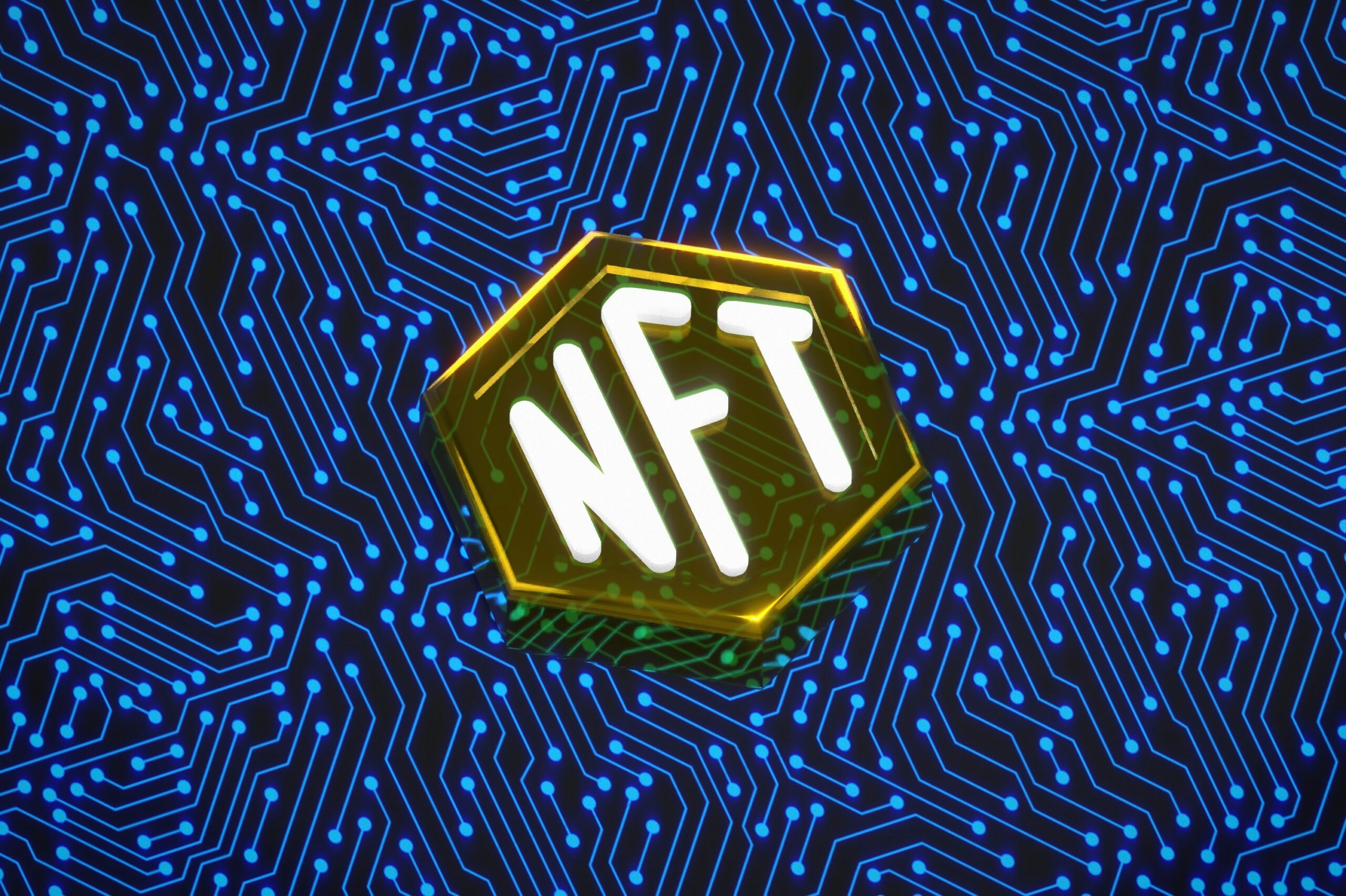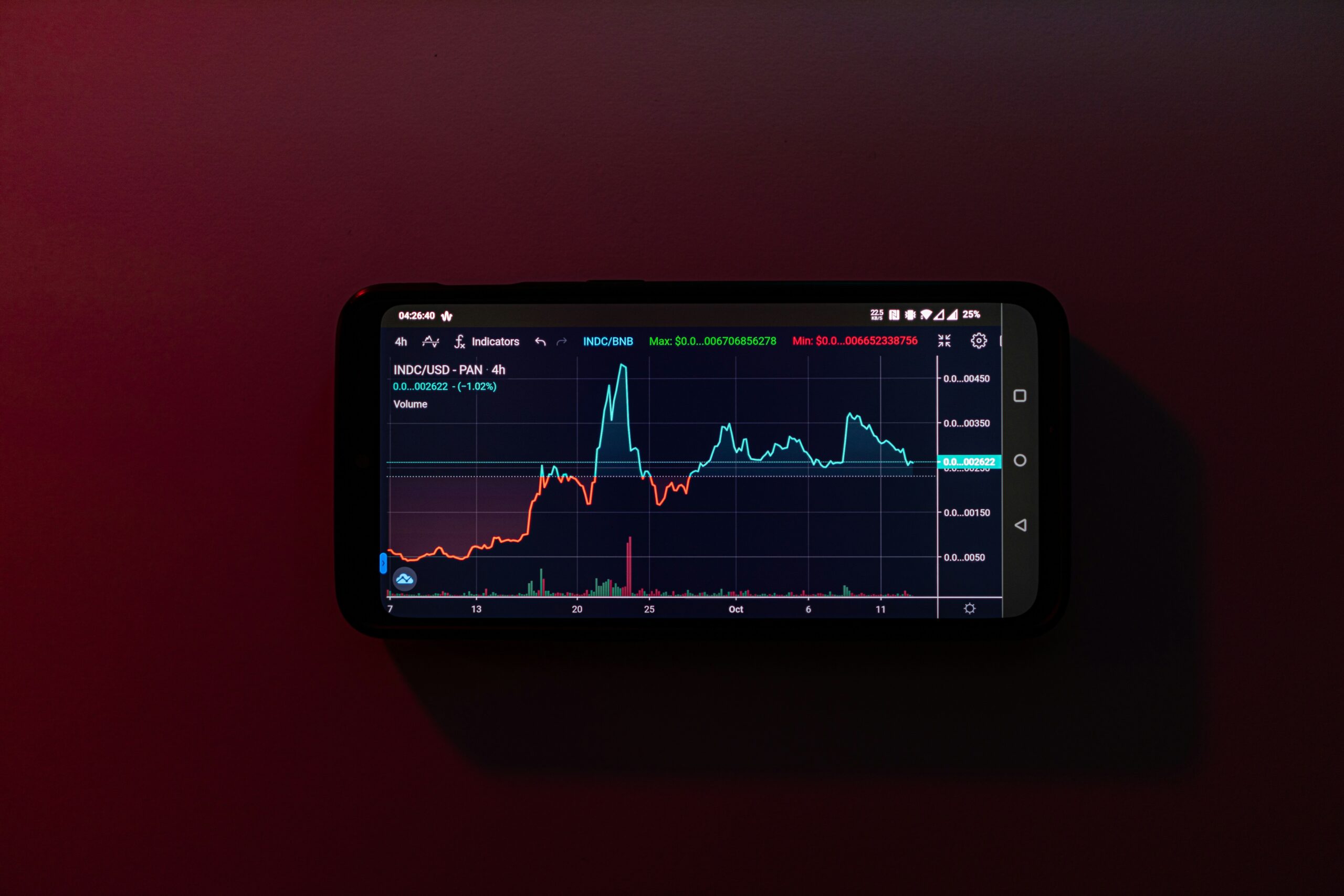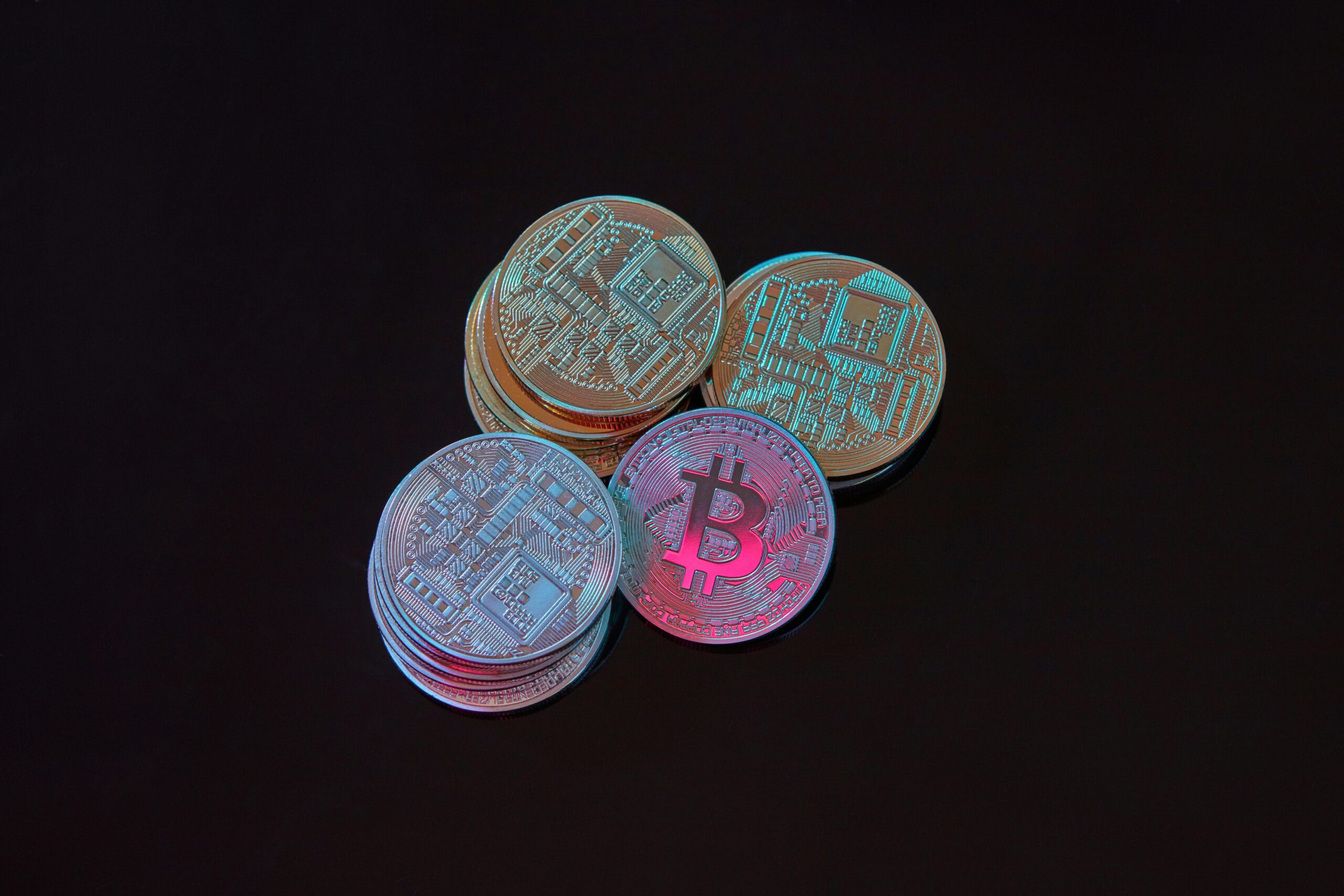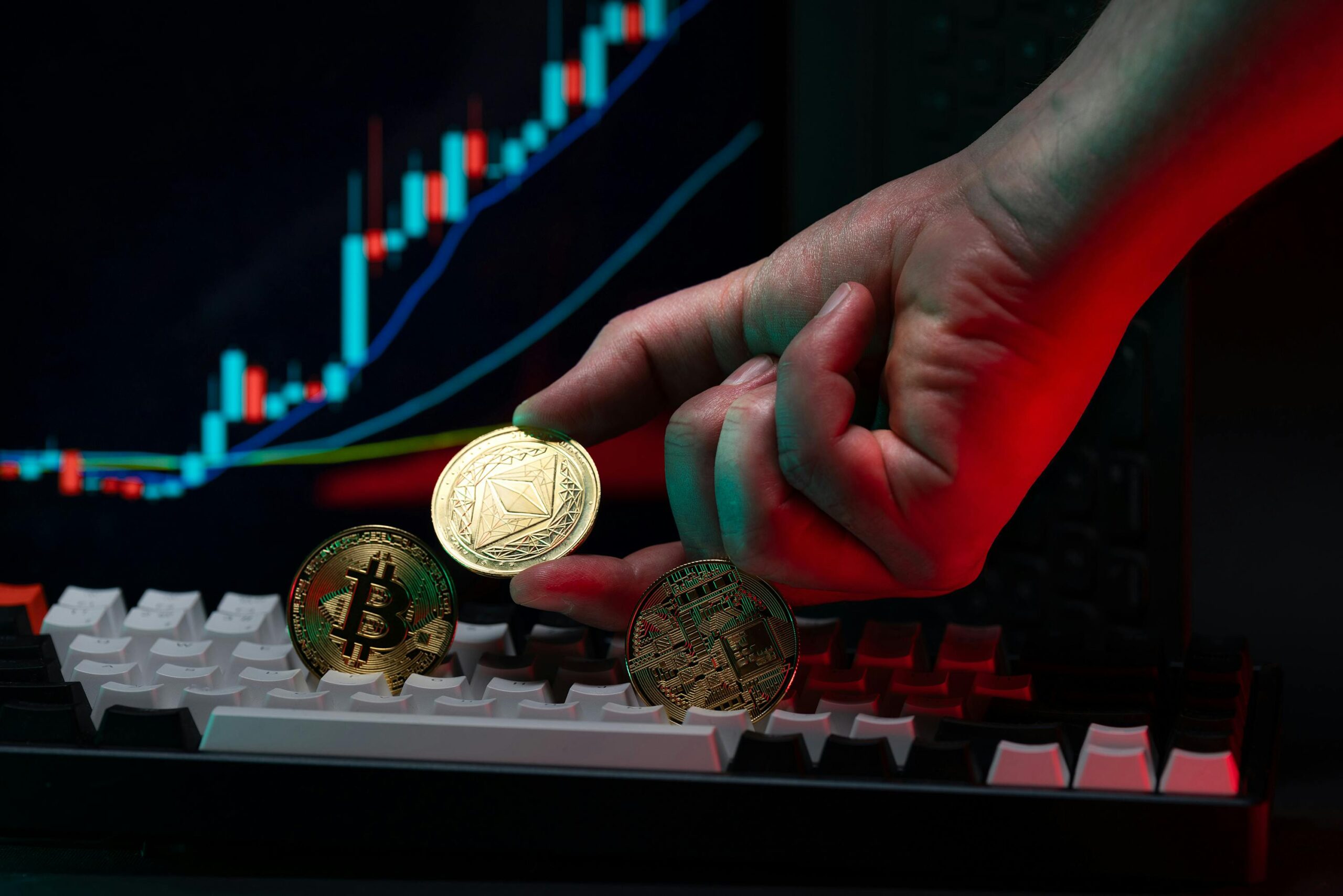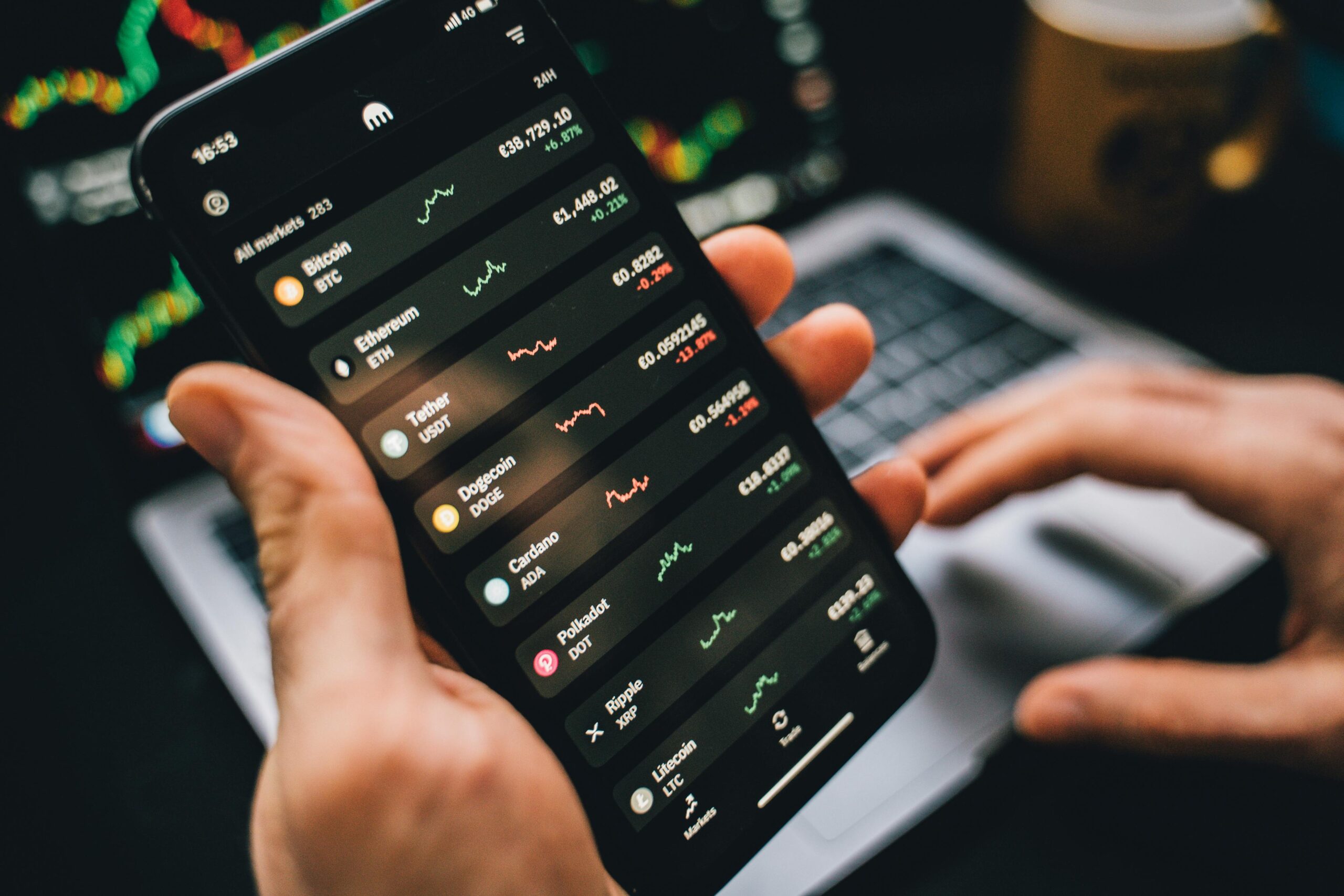How to trade NFTs on NFT marketplaces?
What are NFTs? How does They Work Non-Fungible Tokens (NFTs) are digital assets that use blockchain technology to store and verify ownership. When a person owns this digital asset, records such as details about the owner, transaction history, and metadata are stored on the blockchain, ensuring the asset’s security. Non-Fungible means this digital asset has … Read more

